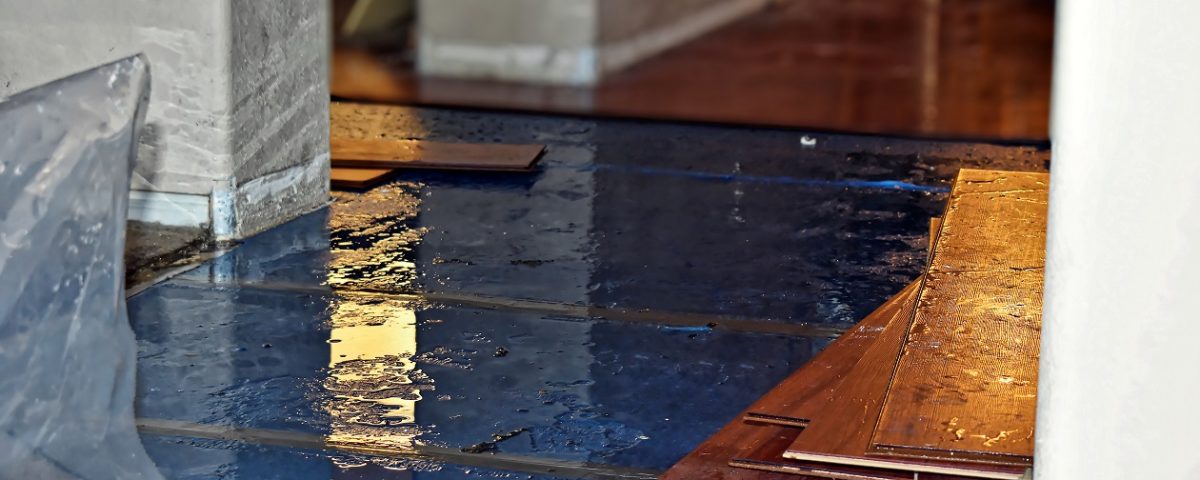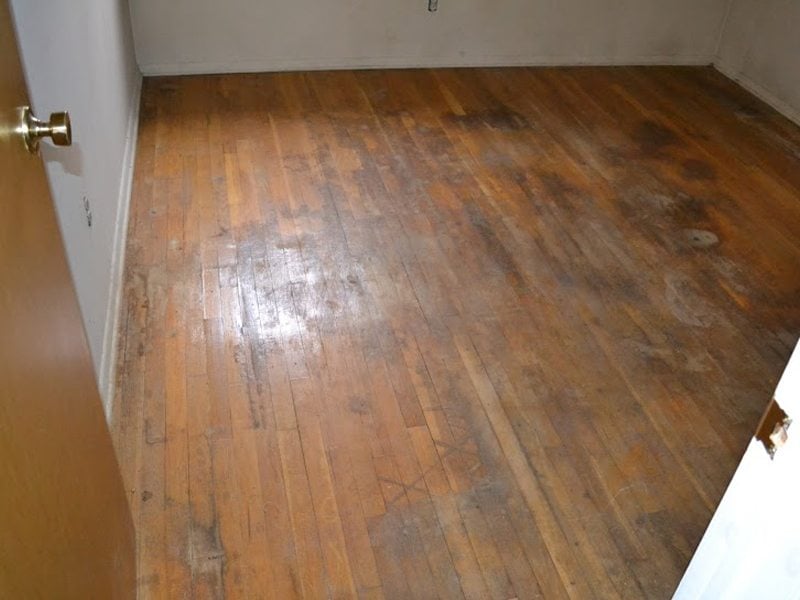View
What are your beliefs on Locating water leaks?

Climate adjustment as well as global warming have actually harmed the community. As soon as safe have actually experienced extra flooding as well as groundwater breach, numerous locations that were. The latter can infiltrate your house also before it appears the surface.
Recognizing what indications to look out for can aid you reduce water damages. Moreover, you must likewise inspect all your pipelines to catch any type of noticeable leaks. If your basement is constantly damp, it's highly most likely that groundwater is coming in from underneath your residence or close by.
Since it can lead to mold and mildew and also mold growth, rising groundwater is a pushing problem. It can also quicken timber rot, causing architectural issues. Moreover, enhanced groundwater makes your home a lot more vulnerable to floods when it rains. Do not misery, because you can still stop groundwater from harming your precious house. Right here's exactly how!
Prioritize Waterproofing the Cellar
Flood shouldn't have to come into your home prior to you waterproof the basement or crawlspace. If you dilly-dally, it will certainly result in a massive problem when groundwater breaks in with rainfall as well as flood.
Fill the cellar with more concrete to avert any kind of problems caused by groundwater. This takes preparation due to the fact that you need to eliminate and also prep the location all the items saved there. Making this a concern is the best, long-lasting service. Pouring concrete and also applying waterproofing procedures seals your basement as well as protects it from water invasion.
Consider Setting Up a French Drainpipe System
Best of all, they don't look evident due to the fact that these drains look like a pipeline or trench that can conveniently mix where it's positioned. This system safeguards your home from further problems since it will certainly protect against water from seeping into your foundation.
It will also prevent your floors from flooding. You safeguard your structure when you mount this kind of drain system. As a result, you will not have to stress over major repair services in case of water damage. These are really easy to set up so you can have a brand-new one positioned in the existing one that stops to work.
Purchase A Number Of Sump Pumps
Sump pumps are extremely inexpensive as well as available in equipment shops on the internet. You can mount several sump pumps in your cellar or crawlspace. Then have actually the tubes placed into a drainpipe or out onto the street. The key goal of this pump is to reroute the water from entering your house. This can shield your home from rising groundwater.
If you feel worried regarding groundwater seeping into your basement, a sump pump will certainly provide a layer of defense. Many prefer this due to the fact that they are very easy and pretty economical to mount. Pay focus to when you use it because it can increase up your energy expenses.
Raise the Residential Property Completely
Raising your home completely is an efficient solution to stop groundwater from coming in. It is the most expensive choice. The total process included developing a new, greater foundation to raise the home over the disaster area. This will certainly likewise boost home value and also assist you sell your home eventually.
Using these tips will certainly assist secure your home and also valuables against water damages. But if you have actually done whatever that you potentially can but water still permeates into your house, call a water restoration firm as soon as possible to assist you get back on the right track.
If your cellar is constantly damp, it's highly most likely that groundwater is coming in from underneath your residence or close by.
Increased groundwater makes your residence more prone to floodings when it rains. Do not misery, because you can still protect against groundwater from harming your cherished residence. Fill up the basement with even more concrete to avert any kind of problems created by groundwater. A sump pump will give a layer of defense if you really feel concerned concerning groundwater seeping into your basement.
Tips for removing water and drying your hardwood flooring after a flood
Water and wood just don t mix. If you ve been following the aftermath of Hurricane Harvey or Hurricane Irma, this should come as no surprise. When water sits on top of hardwood floors, it can permanently ruin the hardwood as the wood will absorb the water through its pores causing warping and discoloration. So, if you have a flood or water damage (or even just a spill) on your hardwood flooring, you ll want to remove the water and dry your floors as quickly as possible.
What happens when your hardwood absorbs water?
Wood can get wet (or moist) in a number of ways a flood from outside from the rain, leaky pipes (or frozen pipes), ice damming, a toilet overflow, a leaky roof, a hurricane or storm, an appliance breaks or leaks (e.g. dishwasher or washing machine), a fire (with water used to extinguish the fire), water spills/accidents, pet accidents, a high water table in the ground that then forces water into your sub-floor from the ground.
Will my insurance company cover my water damaged flooring?
Whether or not your insurance will be cover the damage depends on your insurance plan and the cause of the damage. Please note that most homeowners (less than 20%) have flood insurance. So, if the damage was from flooding (i.e. it came from outside the house), there s a good chance you aren t covered.
Use a wet vacuum to suck up all the standing water
You want to quickly absorb as much water as you can. Note: you may want to turn to a professional mitigation company as they specialize on water extraction and have the best equipment. If you choose to do this yourself, here s a wet vacuum I d recommend. Note: keep vacuuming even after you ve removed all visible water as there is still water from the invisible pores in the wood. You ll see that that the wet vacuum continues to suction up water for a while.
Clean the surface with a disinfectant
Remember, you need to prevent mold in addition to preserving your hardwood floors. You should use a non sudsy disinfectant (e.g. Mr Clean). Once you ve finished this, use the wet vacuum again to remove any leftover water.
Use a dehumidifier
Place a dehumidifier in the center of room. If you can get more than one, that s even better. Be sure to clear the water every few hours (and make sure the filter is clean as well). Make sure the dehumidifier runs for at least 24 hrs, but you may need to use it for 2 to 3 days or even longer, pending on the severity of the water. In some cases, it s advisable to use a dehumidifier for several weeks.
Supplement with large fans (and air conditioning)
Accelerate the drying process with fans. Point the fans towards the floor. Also, be sure to open the windows around 2 inches for better air circulation/ventilation (and keep the door open). This will allow excess moisture to evaporate and create more cross ventilation. (If it s raining or extremely humid outside, then keep the windows shut and just keep the doors to other rooms open and use a dehumidifier). Put the fans on the highest level (i.e. full blast) and point them towards the floor. If you have some that oscillate, even better.
https://theflooringgirl.com/blog/save-hardwood-floors-water-damage-flood/

As an enthusiastic person who reads on Hacks to detect leaks, I figured sharing that chunk was smart. Enjoyed reading our write-up? Please share it. Let somebody else discover it. Thanks for taking the time to read it.
Source